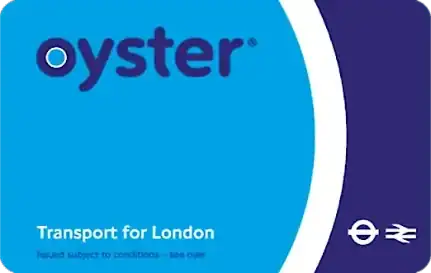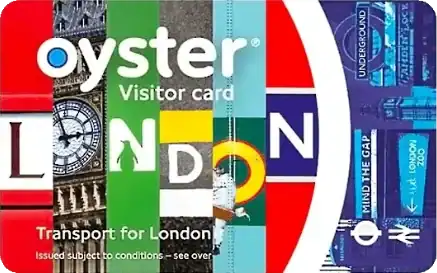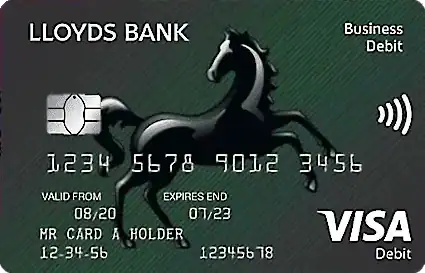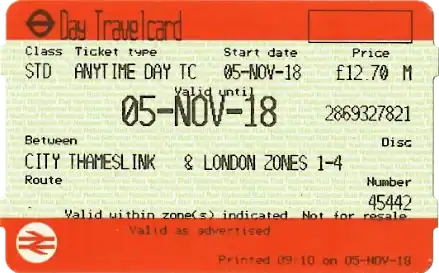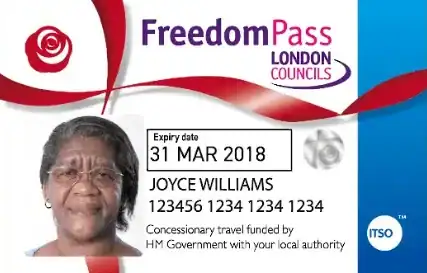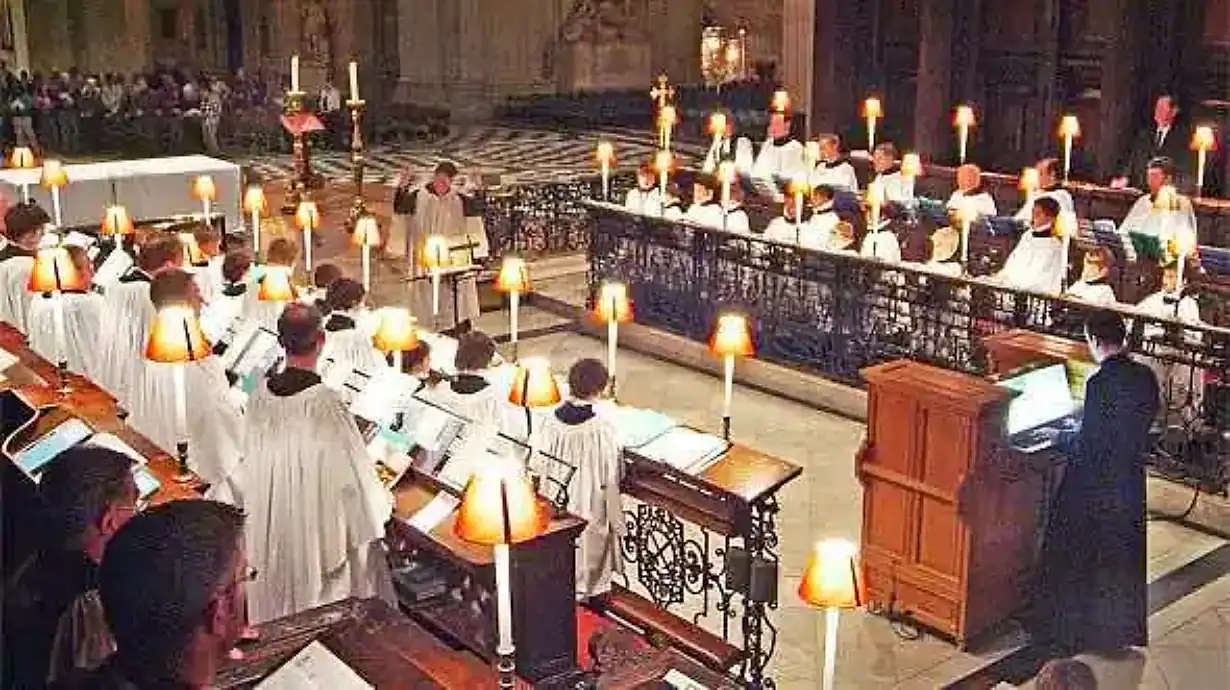Temple Bar is quite a sight the first time you see it. You’ll probably be busy staring at the Royal Courts of Justice from the top of a double-decker bus and suddenly see it off to the side. What was that? The next time you’re coming down Fleet Street you’ll be looking out for Temple Bar instead.
The monument in Fleet Street
But before I tell you what it is, let me explain that there are actually two Temple Bars in London. The first one is this Victorian monument down Fleet Street, and the second one is a stone gateway opposite St. Paul’s Cathedral. The Victorian monument marks the spot where the second one used to be. If you take a look at the decorations around the base then you can see a picture of the gateway during its final parade.
Lots of people confuse the stone gateway with the old Roman gate, but it actually stood a fair distance outside the wall (the closest Roman gate was further up Ludgate Hill). Its purpose was to mark the official limit of the City’s political power. Christopher Wren gave it a makeover in the 1660s but the Victorians got fed up bashing their horses and carts into it and decided to pull it down. They then marked the spot with this dragon-topped monument that we see today.
Luckily for us a Victorian gentleman then stepped in to salvage the stones and had them re-assembled in the grounds of his country house. 125 years later they were transported back to London and re-erected outside St. Paul’s Cathedral. So that’s where we’re heading next: to see the original gateway in its new position.
Prince Henry’s Room & Royal Courts of Justice
It’s a very easy walk. All you have to do is walk in a straight line up Fleet Street and Ludgate Hill until you reach the front steps of St. Paul’s Cathedral. I always enjoy walking down Fleet Street because there are some lovely old buildings down here. The oldest one is just a stone’s-throw from the monument and pre-dates the Great Fire of London. It’s that building with a black-beam Tudor front: Prince Henry’s Room. There’s a skinny little pub a couple of doors down that’s also worth a look. And then you gaze over the road and see the fairytale front of the Royal Courts of Justice as well. Do we live in the best city in the world, or what? I actually feel quite proud of London when I see the beautiful buildings down here. We’ve tucked these little beauties all over town and never give them a second’s thought.
Ye Olde Cocke Tavern & St. Dunstan’s church
You’ll see plenty of other old buildings along the walk – how about that archway into Clifford’s Inn (opposite that Ye Olde Cock Tavern)? And check out that battered statue of Elizabeth I outside St. Dunstan’s church and the mythical city builders on top of its clock: Gog and Magog. The building next-door with People’s Journal written on the side is the traditional site of Sweeney Todd’s barbershop. If you remember the story then you’ll recall that he dumped his victims down a chute and dragged them into the church’s catacombs so he could slice them up for fillings in Mrs Lovett’s pie shop.
The second half of Fleet Street is a bit bland in comparison but keep an eye out for two lovely buildings on the left – can you see some pale green brickwork and a statue of Mary Queen of Scots? A lot of the larger buildings down here used to belong to the national newspapers and you’d hear the clangs and bangs of printing presses all through the night. We still call the British newspaper trade ‘Fleet Street’ today – even though they’ve long since moved out to Canary Wharf and Wapping.
Temple Bar gateway by St. Paul’s Cathedral
When you finally make it to the front steps of St. Paul’s have a look to the left and you’ll see the original gateway across the courtyard. That’s not a replica – that’s the actual stone gateway that used to stand in Fleet Street.
If you look at some old drawings of it then it will likely have some spikes on the top – they’ll look like cocktail sticks with pineapple chunks on the end. But those sticks were spikes, and the chunks were people’s heads – traitor’s heads – displayed on the gate as a warning to criminals entering London.
That’s how we dealt with criminals in those days: we decorated our gates with their heads. Now we just give them a bib and tell them to go and pick up some crisp packets for thirty minutes.
I also recommend… . Whilst you’re in the vicinity at Temple Bar you can go and have a look at Temple Church and the Royal Courts of Justice
How to get to Temple Bar
| Fare zone | Cash | Oyster & Contactless | Travelcard | ||||
|---|---|---|---|---|---|---|---|
| Single fare | Single fare | Daily cap | One day | ||||
| Peak | Off-peak | Peak | Off-peak | Anytime | Off-peak | ||
| Bus (all zones) | n/a | £1.75 | £5.25 | £6 | |||
| Train (zone 1) | £7 | £2.90 | £2.80 | £8.90 | £8.90 | £16.60(zone 1-4) | £16.60(zone 1-6) |
| Train (zone 1-2) | £7 | £3.50 | £2.90 | £8.90 | £8.90 | ||
| Train (zone 1-3) | £7 | £3.80 | £3.10 | £10.50 | £10.50 | ||
| Train (zone 1-4) | £7 | £4.60 | £3.40 | £12.80 | £12.80 | ||
| Train (zone 1-5) | £7 | £5.20 | £3.60 | £15.30 | £15.30 | £23.60(zone 1-6) | |
| Train (zone 1-6) | £7 | £5.80* | £3.80* | £16.30 | £16.30 | ||
| * Journeys between zone 1 and Heathrow are always charged at the peak rate. Prices are correct as of | |||||||
More things to do in The City

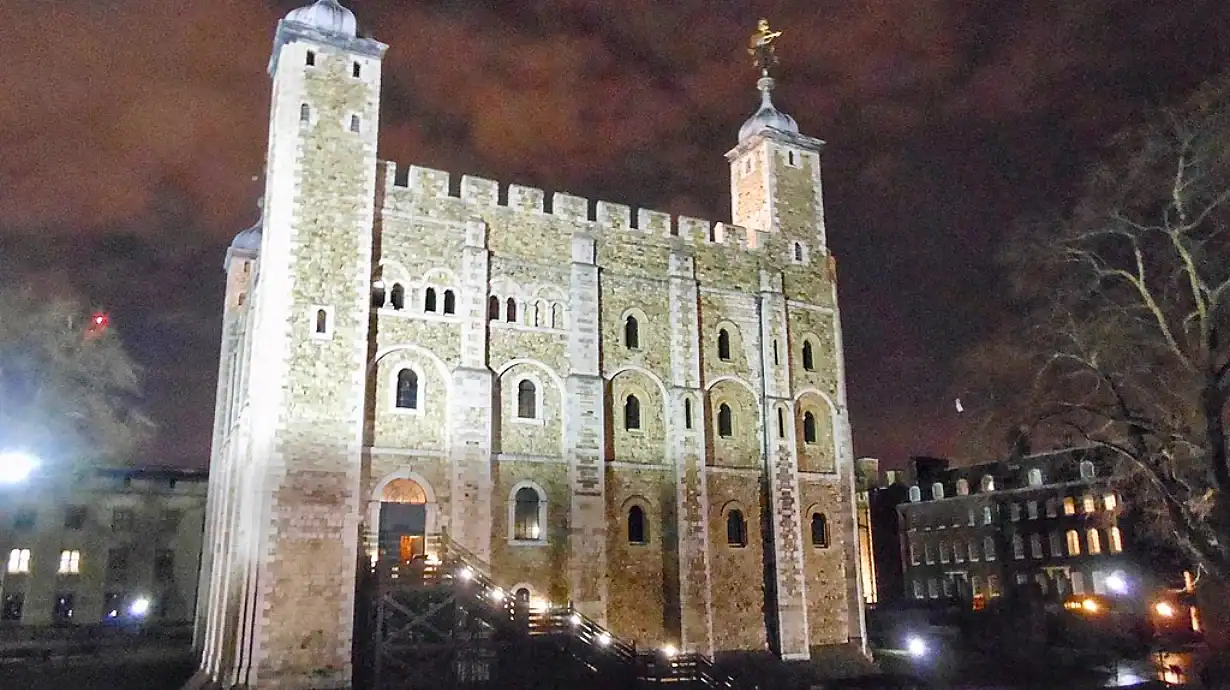
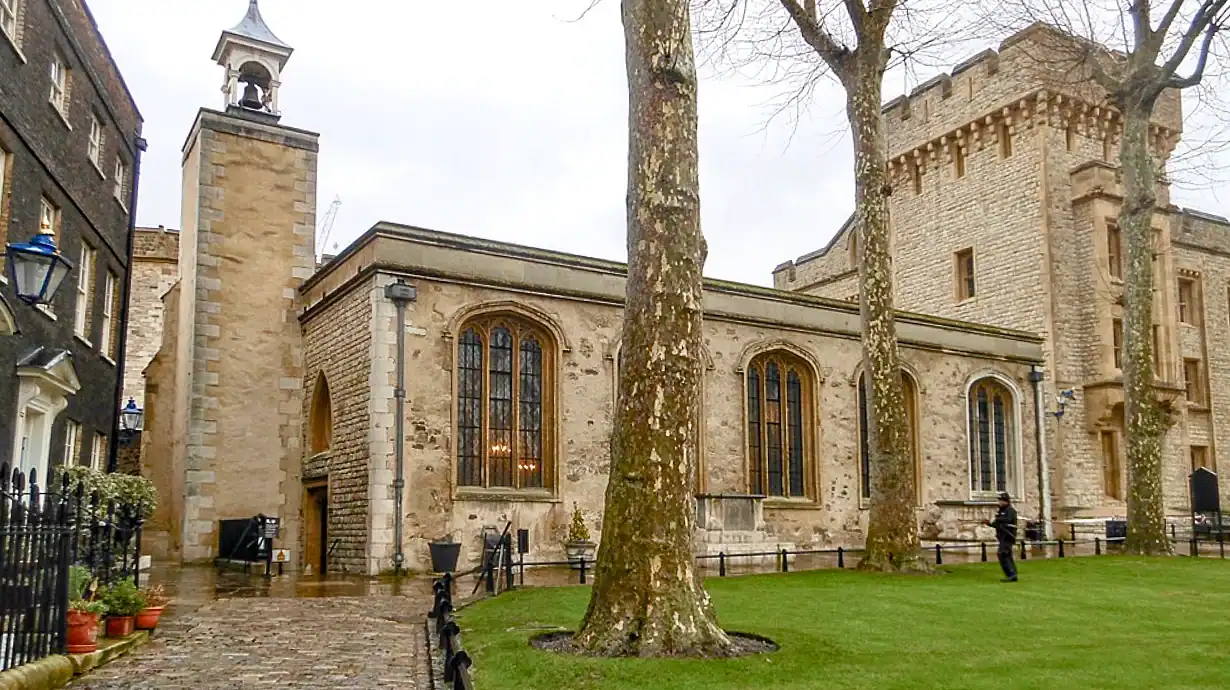
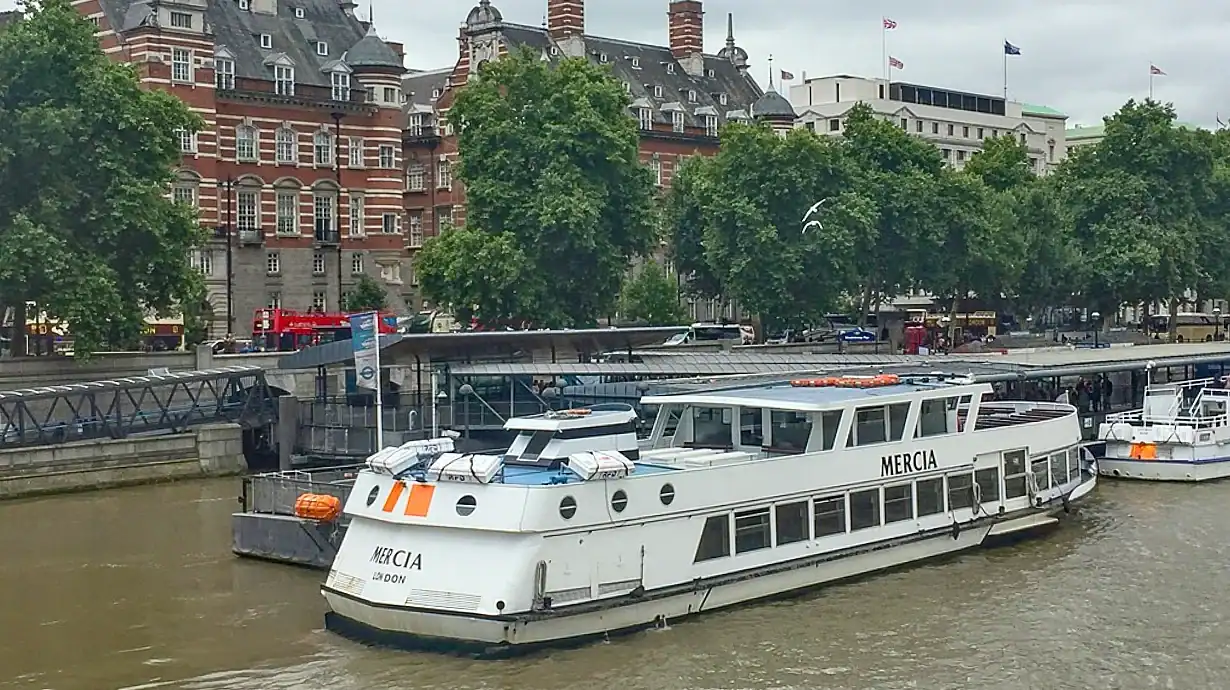
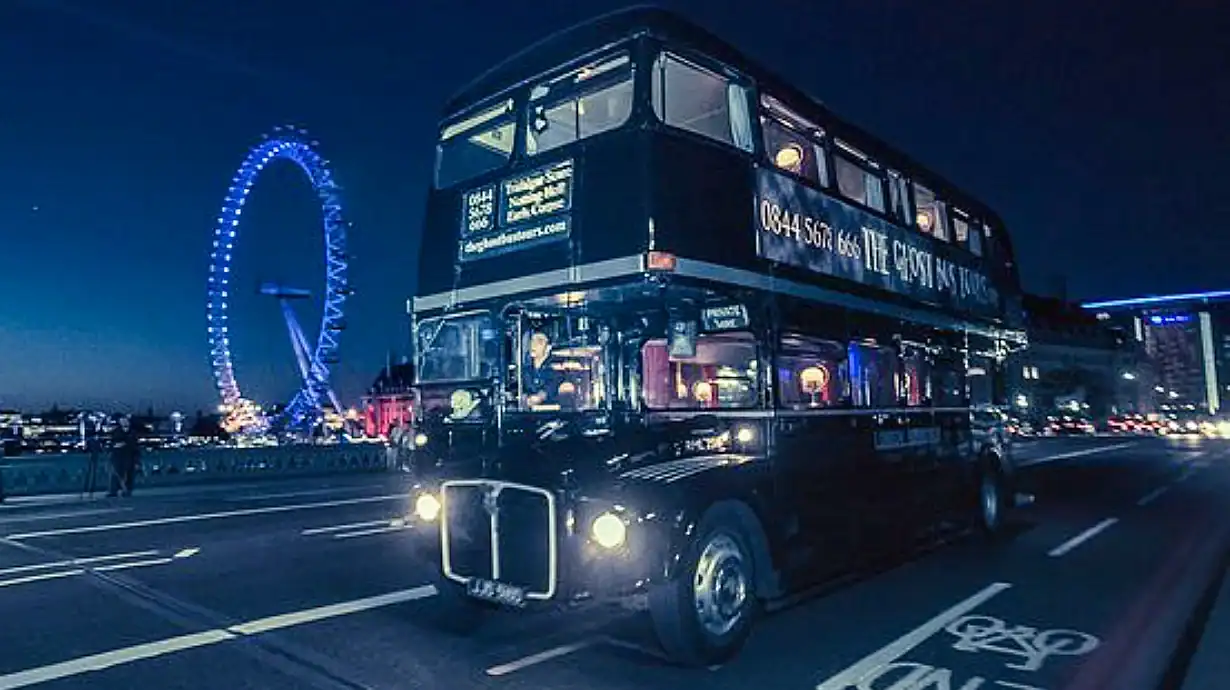
 Twitter
Twitter Facebook
Facebook Bluesky
Bluesky WhatsApp
WhatsApp Email
Email